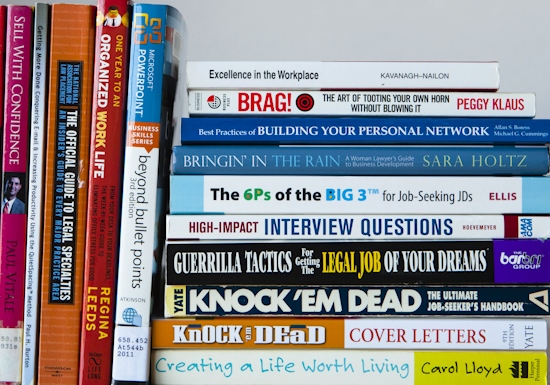
HOW TO WRITE THE BEST COVER LETTER AN EMPLOYER HAS EVER SEEN
Last week, I forwarded a client’s resume and cover letter to a colleague whose office had an open legal position. My colleague Colleen,* emailed me back almost immediately, “Josie* looks terrific! She seems like an excellent writer–that’s one of the best cover letters I’ve ever seen!”
So how do you write the best cover letter an employer has ever seen? Here are the TOP THREE TIPS for writing the best cover letter ever:
1. Specifically Tailored to the Employer: My job-seeking client, Josie, had identified this employer as one of her “ideal” places to work, based on an assessment of her skills, personality and interest. She followed the employer on LinkedIn and monitored their website for openings. In the first paragraph, Josie identified how she used this employer’s products and services and how these products made her life better. Josie conveyed her enthusiasm for the type of work and one reading the letter could get a strong sense of her personality. I have seen over 5000 cover letters over the past 10 years as a hiring attorney and as a law school career advisor. In most cover letters, I get no sense of why the person wants to work for the employer and barely any sense of their personality. Instead of a cookie-cutter template, take the time to make your personality and your interest shine through in the first paragraph. If you aren’t able to drum up enough enthusiasm for the employer, maybe you shouldn’t even be applying.
2. Matching Skills in the Job Description: In one of our sessions, I taught Josie how to read a job description in a strategic, analytical manner. I had her answer the questions: What type of a person is the employer looking for? Can you get a sense of the personality they want? Can you get a feel for the corporate culture? What do you think are the top three to five skills, abilities, or competencies they are seeking? Through this analysis, we identified the key skills and determined which of Josie’s skills was a match or could be a transferable skill. We also paid attention to the corporate cultural and personality. To demonstrate cultural and personality “fit”, we wrote the letter in a style matching the tone and language of the job description.
3. Relayed Benefit of Transferable Skills with Specific Example: Once we determined the key competencies, Josie identified each skill in her cover letter, and addressed it with a specific example from her experience. Thus, instead of just saying, “I have strong legal research, writing and analysis skills,” Josie backed up her statement with proof. She had won writing awards and received increasingly complex motions to research and write because of her abilities. She then relayed why this experience would benefit the employer. This is the extra step that most job seekers fail to make — they merely state their experience without relating WHY their experience benefits the employer. Typically, benefits to the employer arise from saving the employer time, resources or money. By identifying why your skills are transferable and relevant to the current position, you bridge the gap for the employer between your background and the job. This alone will differentiate you from the pack and get you noticed by the employer!
As I often say to my clients, “The cover letter is not about you – it’s about the employer.” Put yourself in the shoes of the employer and you’re bound to get a call for an interview!
*Names have been changed to protect privacy of the individuals.



